Advocacy FAQ
Advocacy (ˈad-və-kə-sē): the act or process of supporting, defending, or arguing for a cause or proposal
What does it mean to be an advocate? You don’t have to hold a megaphone and march in the streets (though please do that if it suits you). You just have to have a love for your cause and a willingness to speak out in your own unique way.
Power to the People
Back in 1963, six concerned Hudson Valley citizens (just like you and you and you) met in a living room in Irvington to talk about how to stop an industrial development from destroying iconic Storm King Mountain.
They organized, found others interested in the fight, and took legal action. A few years (and many legal battles) later, they won! And the modern grassroots environmental movement was born, right here in our backyard.
If you love something so much or feel so passionate about an issue that you’re willing to take some steps to protect it, these FAQs will help you get started.
Advocacy is the act or process of supporting, defending, or arguing for a cause or proposal. To be an advocate means you speak out publicly on behalf of something you believe in.
A campaign is an organized set of actions designed to achieve a specific goal. It is the basic tool of advocacy. Anyone with the passion to make change, no matter how big or small, can plan and launch a campaign.
A good campaign plan answers the following important questions:
- What’s your vision? This is your imagined idea of the perfect world you hope to see one day.
- What are your current goals? These are usually specific actions that you want a person, agency, or government entity to take. Sometimes goals are more general, like building greater awareness about your issue.
- What’s your strategy? This is the plan for how you will reach your goals. Strategies include specific tactics, like creating a social media plan, organizing a protest march, or speaking up at a town meeting.
There are many ways to put together a campaign, so don’t get bogged down by details, and don’t worry about doing it perfectly. Advocacy is a creative process, and you can learn a lot by doing.
One of our favorite campaign planning toolkits is a 6-phase approach developed by the Sierra Club.
- Visit our campaign pages and see what actions you can take today.
- Sign up to become a Valley Defender and we’ll keep you informed as new opportunities to be involved arise.
At Scenic Hudson, Environmental Justice means we work to ensure the fair treatment and meaningful involvement of all people in the Hudson Valley regardless of their ability, culture, education, gender, heritage, income, or race as we actively work with partners and local communities in efforts such as land care and conservation, parks creation, advocacy, and climate solutions.
We are committed to actively working with local communities and organizations to increase representation and participation in decisions and actions that impact their environment, health, and livelihoods.
Every campaign is different and will have its own list of key terms. (You can find the key terms related to each of our campaigns on their respective pages.) The following list of general terms will give you a good starting point.
If you wish to dive deeper, the Sierra Club has a dizzyingly large glossary of general advocacy terms you might want to explore (say, if you’re having trouble sleeping one night!).
You don’t need to be trained to do this work. You can just get started. But if you’d feel better about learning a thing or two first, there are experts out there who can help.
350.org
Green Corps
How to Become an Environmental Activist – Silent Reef
Download The Action Builder Organizing Guide